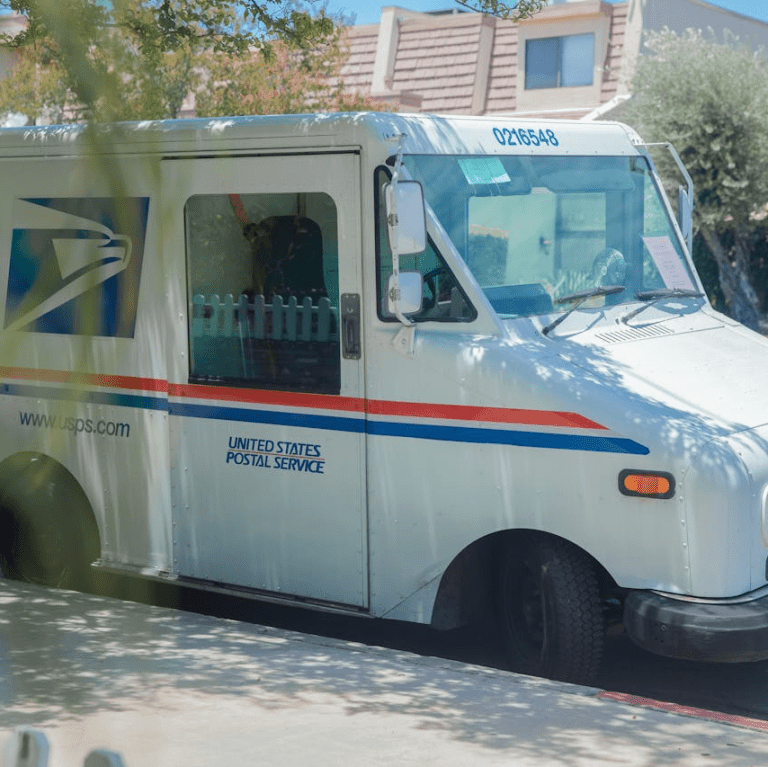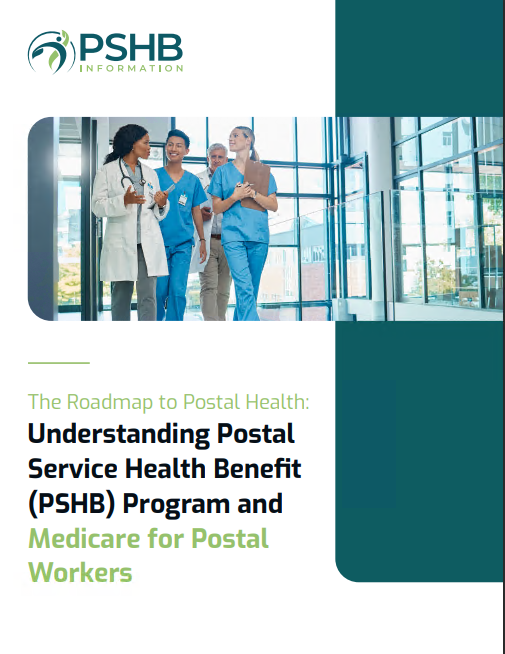Key Takeaways:
-
Medicare Supplement Plans, also called Medigap, can complement your Postal Service Health Benefits (PSHB) coverage if you’re enrolled in Medicare, potentially filling gaps like deductibles and coinsurance.
-
Understanding how Medigap works with PSHB ensures you maximize your benefits while avoiding unnecessary costs or overlapping coverage.
Postal Service Health Benefits: The Basics
The Postal Service Health Benefits (PSHB) program offers comprehensive health coverage tailored to the unique needs of Postal Service employees, retirees, and their families. With its robust offerings, PSHB aligns with the Federal Employees Health Benefits (FEHB) program but caters specifically to the postal workforce.
If you’re already a PSHB enrollee and eligible for Medicare, you might wonder how Medicare Supplement Plans fit into the equation. These plans, commonly called Medigap, are designed to cover out-of-pocket costs left by Original Medicare, such as coinsurance, copayments, and deductibles. But does adding a Medigap plan make sense when you’re already covered under PSHB?
What Are Medicare Supplement Plans?
Medicare Supplement Plans (Medigap) are private insurance policies that work alongside Medicare Parts A and B. Their primary goal is to fill coverage gaps left by Medicare, reducing your out-of-pocket financial burden. Some key features include:
-
Deductible Coverage: Medigap can pay the deductibles associated with Medicare Parts A and B.
-
Coinsurance and Copayment Relief: These plans often cover the 20% coinsurance Medicare doesn’t pay for outpatient services.
-
Additional Coverage: Certain Medigap plans include benefits for foreign travel emergencies and excess charges from non-participating providers.
Medigap policies do not cover prescription drugs, vision, hearing, dental care, or long-term care. These services are typically included in PSHB plans or Medicare Part D.
PSHB and Medicare Integration
When you become eligible for Medicare, your PSHB plan adjusts its benefits. Here’s how PSHB coordinates with Medicare:
-
Primary vs. Secondary Payer: Medicare becomes the primary payer, and PSHB acts as secondary coverage. This means Medicare pays first, and your PSHB plan picks up some or all remaining costs.
-
Reduced Out-of-Pocket Costs: Combining PSHB with Medicare can significantly reduce your out-of-pocket expenses, as PSHB may waive deductibles and coinsurance for Medicare enrollees.
-
Prescription Drug Coverage: Most PSHB plans include prescription drug coverage integrated with Medicare Part D, eliminating the need for a standalone Part D plan.
Do You Need a Medicare Supplement Plan with PSHB?
For many Postal retirees and their families, the question isn’t whether Medigap offers value but whether it’s necessary alongside PSHB. Here are factors to consider:
Overlapping Coverage
PSHB plans are comprehensive, often providing coverage similar to or even better than Medigap policies. Adding a Medigap plan might lead to redundant benefits, resulting in unnecessary premiums without added value.
Cost Considerations
Medigap plans come with their own monthly premiums. When combined with PSHB and Medicare premiums, your overall healthcare costs could increase significantly. Carefully evaluate whether the additional financial commitment aligns with your healthcare needs.
Unique Healthcare Needs
If you frequently seek care from providers not covered under PSHB or Medicare, Medigap’s excess charge coverage could be beneficial. Similarly, those who travel internationally may find value in Medigap plans offering foreign emergency care.
Coordination Challenges
While Medigap coordinates seamlessly with Medicare, integrating a third layer of coverage (PSHB) can complicate claims and billing processes. Ensure you’re prepared to navigate these complexities if you choose to add Medigap.
Comparing PSHB and Medigap Benefits
Let’s break down how PSHB compares to Medigap in key areas:
| Feature | PSHB | Medigap |
|---|---|---|
| Primary Payer | Acts as secondary with Medicare | Works with Original Medicare |
| Prescription Coverage | Included in most plans | Not included |
| Travel Coverage | Varies by plan | Available in some plans |
| Premiums | Shared cost with government | Paid entirely by enrollee |
| Out-of-Pocket Caps | Typically lower with Medicare | No cap on excess charges |
Situations Where Medigap May Make Sense
Despite PSHB’s comprehensive coverage, there are scenarios where a Medigap plan could enhance your healthcare strategy:
-
Frequent Travelers: If you’re often abroad, Medigap policies with foreign travel emergency coverage can provide peace of mind.
-
High Medical Needs: Those requiring extensive outpatient care or non-participating providers might benefit from Medigap’s coinsurance and excess charge coverage.
-
Limited PSHB Network Access: If your PSHB plan’s network is restrictive and your preferred providers don’t accept it, Medigap might fill the gap.
Avoiding Common Pitfalls
If you’re considering adding Medigap to your PSHB and Medicare coverage, watch out for these common pitfalls:
-
Overpaying for Coverage: Redundant benefits can drive up your costs without improving your care.
-
Missing Enrollment Windows: Medigap enrollment is easiest during your Medicare Supplement Open Enrollment Period (the six months after you turn 65 and enroll in Medicare Part B). Outside this period, you could face higher premiums or denial due to medical underwriting.
-
Neglecting Plan Reviews: Your healthcare needs and available plans change over time. Regularly review your PSHB and Medicare coverage to ensure it meets your current needs.
Tips for Making the Right Decision
To determine whether Medigap is right for you:
-
Assess Your Needs: Consider your current health, anticipated medical expenses, and travel habits.
-
Calculate Costs: Compare the combined premiums of PSHB, Medicare, and Medigap against your expected out-of-pocket savings.
-
Consult Experts: Speak with a benefits coordinator or financial advisor to understand how Medigap would integrate with your existing coverage.
-
Review PSHB Plan Features: Some PSHB plans already offer benefits that overlap with Medigap, such as waived deductibles and reduced copayments for Medicare enrollees.
Your Optimal Coverage Path
For most PSHB enrollees, Medicare provides robust primary coverage, while PSHB acts as a reliable secondary payer. This combination often eliminates the need for additional Medigap insurance. However, if you have unique needs or specific gaps in coverage, Medigap might still be worth exploring.
Ultimately, the decision depends on balancing your healthcare priorities with your financial situation. Taking time to review your options ensures you’ll choose the path that delivers the best care at the most manageable cost.
Does Medigap Enhance Your PSHB Experience?
By carefully evaluating your health needs, travel habits, and financial goals, you can decide if adding a Medicare Supplement Plan is worth the investment. While PSHB provides exceptional coverage, unique circumstances may warrant exploring Medigap for added security and peace of mind.







